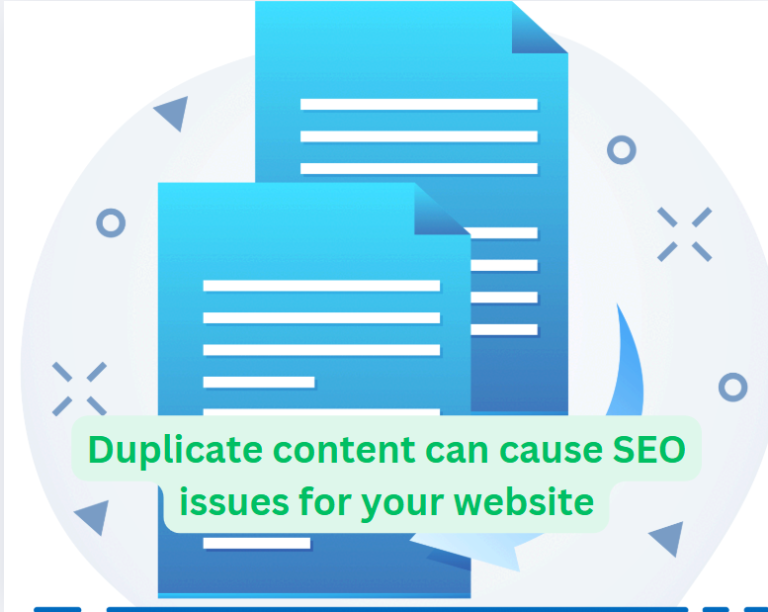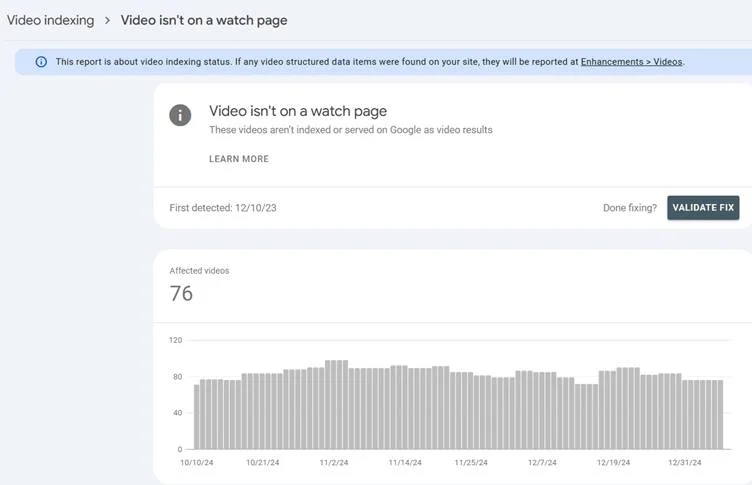In the ever-evolving landscape of search engine optimisation (SEO), staying ahead of the curve requires innovative strategies and tools. One such tool that has gained prominence is the topical map. This article looks into what topical maps are, why they are crucial for modern SEO, and how to create one effectively.
What are Topical Maps?
Topical maps, also known as content maps or topic clusters, are a method of organising and structuring content around a central theme or topic. They are designed to help search engines understand the relationships between different pieces of content on a website. By grouping related content together, topical maps create a cohesive and comprehensive content strategy that enhances the site’s overall authority on a particular subject.
At its core, a topical map consists of a pillar page and cluster content. The pillar page serves as the main hub, covering the broad aspects of the topic, while the cluster content delves into specific subtopics, each linking back to the pillar page. This interlinking structure not only improves user experience by providing a logical flow of information but also signals to search engines that your site is a credible source of information on the subject.
Here is part of what a topical map for the Entity: “Small Businesses” looks like:

Why are Topical Maps Important for SEO?
- Improved Search Engine Rankings: Search engines, particularly Google, prioritise content that demonstrates expertise, authority, and trustworthiness (E-A-T). By creating a topical map, you show search engines that your site covers a topic comprehensively, which can lead to higher rankings.
- Enhanced User Experience: A well-structured topical map makes it easier for users to navigate your site and find the information they need. This improved user experience can reduce bounce rates and increase the time users spend on your site, both of which are positive signals to search engines.
- Increased Content Relevance: Topical maps ensure that your content is relevant and organised, making it more likely to match user search intent. This relevance can lead to higher click-through rates and better engagement metrics.
- Building Topical Authority: By covering a topic extensively and linking related content, you establish your site as an authority on the subject. This topical authority can result in more backlinks, social shares, and overall visibility.
- Optimised Keyword Strategy: Topical maps allow for a more strategic approach to keyword usage. Instead of stuffing keywords into a single page, you can distribute them naturally across multiple pieces of content, improving keyword targeting and avoiding penalties for keyword stuffing.
- How to Create a Topical Map
Creating a topical map involves several steps, each crucial to ensuring its effectiveness. Here’s a step-by-step guide:
- Identify the Core Topic: Start by selecting a broad topic that is relevant to your audience and aligns with your business goals. This core topic will serve as the foundation of your topical map.
- Conduct Keyword Research: Use keyword research tools to identify keywords and phrases related to your core topic. Look for both high-volume keywords and long-tail keywords that address specific aspects of the topic.
- Create the Pillar Page: Develop a comprehensive piece of content that covers the core topic in detail. This pillar page should provide a broad overview and link to more specific subtopics.
- Develop Cluster Content: Create individual pieces of content that delve into each subtopic identified during your keyword research. Each piece should link back to the pillar page and, where relevant, to other cluster content.
- Interlink Content: Ensure that all cluster content links back to the pillar page and, where appropriate, to other related cluster content. This interlinking structure helps search engines understand the relationships between different pieces of content.
- Optimise for SEO: Apply on-page SEO best practices to each piece of content. This includes using relevant keywords, optimising meta tags, and ensuring mobile-friendliness.
- Monitor and Update: Regularly review the performance of your topical map. Use analytics tools to track metrics such as traffic, engagement, and rankings. Update and expand your content as needed to maintain its relevance and authority.
Additional Considerations
While the steps above provide a solid foundation for creating a topical map, there are additional considerations to keep in mind:
- Content Quality: Ensure that all content is high-quality, informative, and engaging. High-quality content is more likely to attract backlinks and social shares, further boosting your SEO efforts.
- User Intent: Always consider user intent when creating content. Make sure that each piece of content addresses the needs and questions of your target audience.
- Competitive Analysis: Analyse the content strategies of your competitors. Identify gaps in their coverage and opportunities to differentiate your content.
- Technical SEO: Ensure that your site is technically sound. This includes optimising site speed, ensuring mobile-friendliness, and implementing structured data where appropriate.
Topical maps are a powerful tool for modern SEO, offering numerous benefits from improved search engine rankings to enhanced user experience. By organising content around a central theme and creating a cohesive interlinking structure, you can establish your site as an authority on the subject and drive more organic traffic. Follow the steps outlined in this guide to create an effective topical map and stay ahead in the competitive world of SEO.
FAQs
- What is a topical map in SEO? A topical map is a method of organising and structuring content around a central theme to help search engines understand the relationships between different pieces of content on a website.
- Why are topical maps important for SEO? They improve search engine rankings, enhance user experience, increase content relevance, build topical authority, and optimise keyword strategy.
- How do I create a topical map? Identify the core topic, conduct keyword research, create the pillar page, develop cluster content, interlink content, optimise for SEO, and monitor and update regularly.
- What is the difference between a topical map and a sitemap? A sitemap is a file that lists all the pages on a website to help search engines crawl and index them, while a topical map organises content around a central theme to establish topical authority.
- Can topical maps help with keyword strategy? Yes, they allow for a more strategic approach to keyword usage by distributing keywords naturally across multiple pieces of content, improving keyword targeting.
How useful was this Resource?
Click on a star to rate it!
Average rating 0 / 5. Vote count: 0
No votes so far! Be the first to rate this post.
We are sorry that this post was not useful for you!
Let us improve this Resource!
Tell us how we can improve this Resource?












